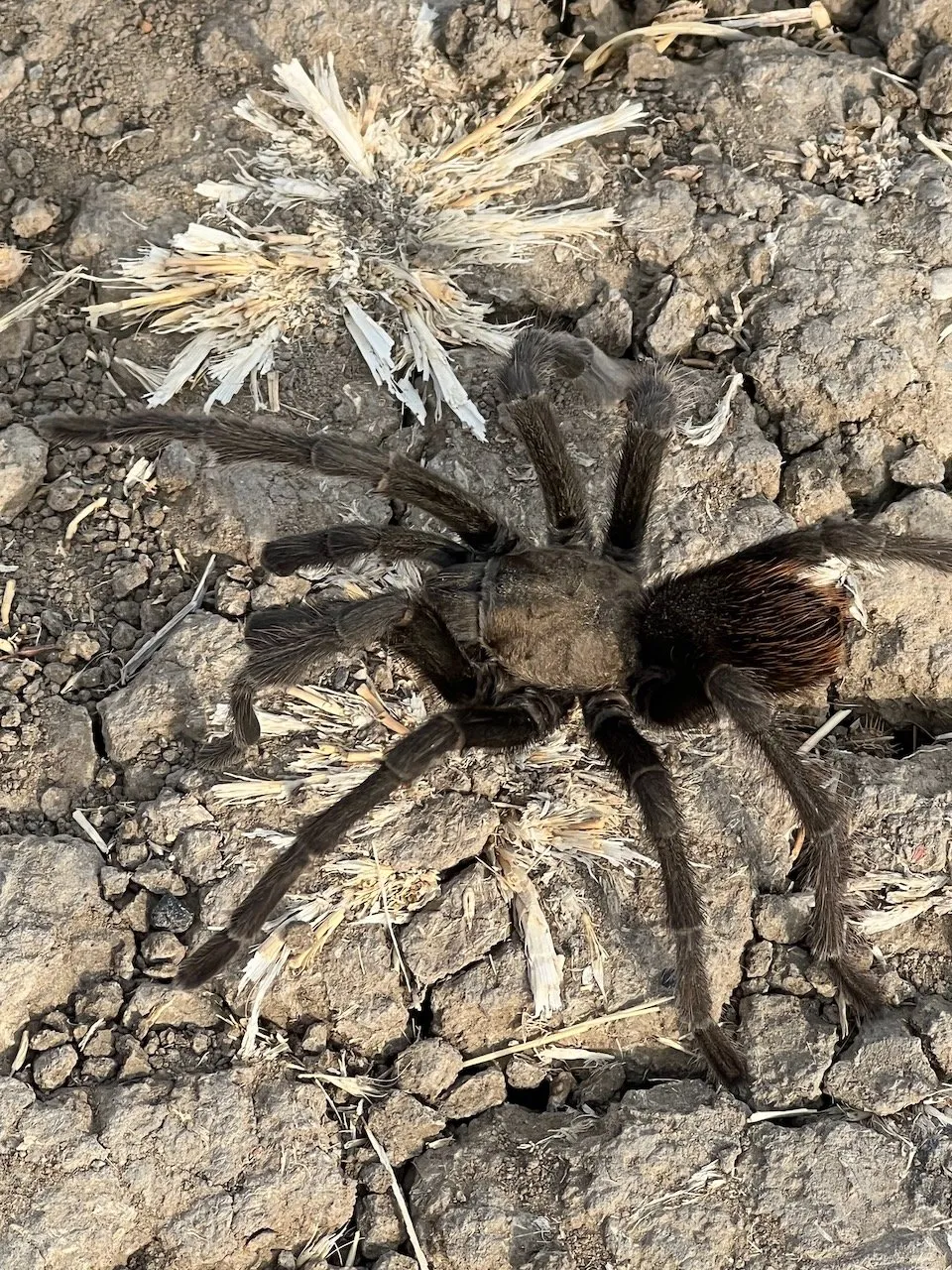What is Tarantula Season in California
Tarantula season in California is a specific period of the year when these large, hairy spiders become most active. It’s the time when male tarantulas leave their burrows in search of a mate. This is a fascinating natural phenomenon, transforming the landscape into a stage for their unique mating rituals. Understanding this season is key to appreciating the beauty and complexity of California’s diverse ecosystems. It’s not just about seeing spiders; it’s about observing an essential part of the natural cycle, witnessing their behaviors as they search for mates, mate, and then the male tarantulas often die shortly after. It’s a vital part of their life cycle, and provides a unique opportunity for those in California to witness their natural behavior.
When Does Tarantula Season Begin
Tarantula season in California typically begins in the late summer and extends into the fall. The exact timing can vary slightly depending on the region and the specific weather conditions of the year. Generally, you can expect to see increased tarantula activity starting in September and continuing through October. The peak time for sightings often occurs during the late afternoon and early evening hours, when the spiders are most active. Pay attention to local weather patterns, as warmer temperatures and periods of rainfall can often trigger increased activity. This window of opportunity offers a chance to witness these amazing creatures in their natural environment.
The Best Time to Spot Tarantulas

The best time to spot tarantulas is during the late afternoon and early evening hours, especially around dusk. This is when they are most active, as the cooler temperatures and lower sunlight levels provide ideal conditions for their movement. Look for them on trails, roadsides, and open areas where they might be crossing or searching for a mate. Observing the spiders at this time allows for the best opportunity to witness their behaviors, such as their movement across the ground or their interactions with other tarantulas. Keep in mind that their activity can also be affected by weather conditions, so be sure to take these factors into account when planning your tarantula-watching expedition.
Tarantula Mating Season Details
The tarantula mating season is a key part of their life cycle, typically taking place during the late summer and fall months. During this time, male tarantulas embark on a journey to find a mate. They leave their burrows and actively search for female tarantulas. The males often travel considerable distances, guided by pheromones released by the females. Mating rituals involve the male approaching the female and signaling his intentions through a series of vibrations and movements. If the female is receptive, the mating process can begin. After mating, the male often faces a perilous situation, as the female may try to eat him. This season is a critical period for tarantula reproduction, ensuring the continuation of their species.
Why Do Tarantulas Come Out During This Time
The primary reason tarantulas come out during this season is for mating. Male tarantulas, who have spent most of their lives in burrows, emerge to find a female. This journey involves significant risk, as they are exposed to predators and harsh environments. This behavior is driven by their biological imperative to reproduce. The males are programmed to follow the scent trails left by females to find a receptive mate. They are often driven to travel great distances. For the females, the emergence of males signifies the opportunity to mate and produce offspring, continuing the tarantula life cycle. The tarantula mating season marks an important time for both male and female tarantulas.
Tarantula Behavior During Mating Season

During the mating season, tarantulas exhibit distinct behaviors that set them apart from their usual routines. Male tarantulas are highly mobile, actively searching for mates. They may be seen walking across roads, trails, and open areas, often seemingly oblivious to their surroundings as they follow pheromone trails. Females, if receptive, will signal their willingness to mate. The males will approach the females with caution, performing elaborate displays of courtship behavior. This behavior includes drumming with their legs or vibrating their bodies to signal their presence and intentions. If the female is receptive, the mating process will occur, often followed by a short courtship. After mating, the male typically retreats, often facing the risk of being cannibalized by the female, though this is not always the case.
What to do if you See a Tarantula
If you encounter a tarantula in California, it’s important to remain calm and observe from a safe distance. These spiders are not aggressive and will usually only bite if they feel threatened. Avoid any sudden movements or attempts to handle the tarantula, which could startle it and cause it to react defensively. Take the opportunity to observe its behavior, noticing where it is and where it might be headed. If the tarantula is on a road, you can gently encourage it to move to a safer location. If you are in a public area, be mindful of others who may not be comfortable with the spider and give them plenty of space. Most importantly, respect the animal and its natural environment, appreciating this exciting opportunity to witness this natural wonder.
Avoid Disturbing Tarantulas
It is essential to avoid disturbing tarantulas during their mating season, which is crucial for the continuation of their species. Avoid any attempt to catch, handle, or otherwise interfere with these creatures. Refrain from using bright lights or making loud noises, which could distress the spiders and disrupt their natural behaviors. When observing, keep a respectful distance, allowing the tarantulas to move freely and conduct their mating rituals without interruption. By observing from a distance, we help these spiders continue their mating process and the continuation of their populations. If you are interested in photography, use a long-range lens to capture images. Appreciating their presence without interference helps protect these fascinating spiders.
Common Tarantula Habitats in California

Tarantulas in California inhabit a variety of locations, each offering the conditions they need to thrive. They are commonly found in grasslands, scrublands, and chaparral environments. These spiders create burrows underground, often in areas with well-drained soil. They also prefer locations with access to food sources like insects. Mountainous regions and foothills provide ideal conditions, with a balance of vegetation and shelter. Some species are adapted to drier environments, while others prefer more humid areas. Understanding these habitats can help you predict where you might encounter these creatures during the season. When you’re looking for them, be prepared to explore diverse terrains.
Where Can You Find Tarantulas
To increase your chances of seeing a tarantula during the mating season, explore a few key locations. State and regional parks in California often provide excellent opportunities, with numerous trails and open spaces. Look for areas with known tarantula populations, and check local park websites or visitor centers for updates on sightings. Remote areas, such as hillsides and open fields, are also prime spots for spotting these spiders. If you’re driving through rural areas, pay attention to the roadsides, especially during dusk and dawn, when tarantulas might be crossing. Remember to prioritize safety and be cautious while exploring. Bring a friend, and carry essentials such as water, and wear sturdy shoes. By choosing locations that are known to be favorable for tarantulas, you’ll boost your chances of a successful encounter.
Top 5 California Tarantula Facts
- California tarantulas are among the largest spiders in North America, with a leg span that can reach up to 5 inches.
- Male tarantulas often embark on their mating journeys in search of females, sometimes traveling great distances.
- These spiders play an important role in the ecosystem, primarily preying on insects and occasionally small vertebrates.
- While their bites can be painful, tarantula venom is generally not considered dangerous to humans.
- Tarantulas typically live for several years, with females having a longer lifespan than males.
